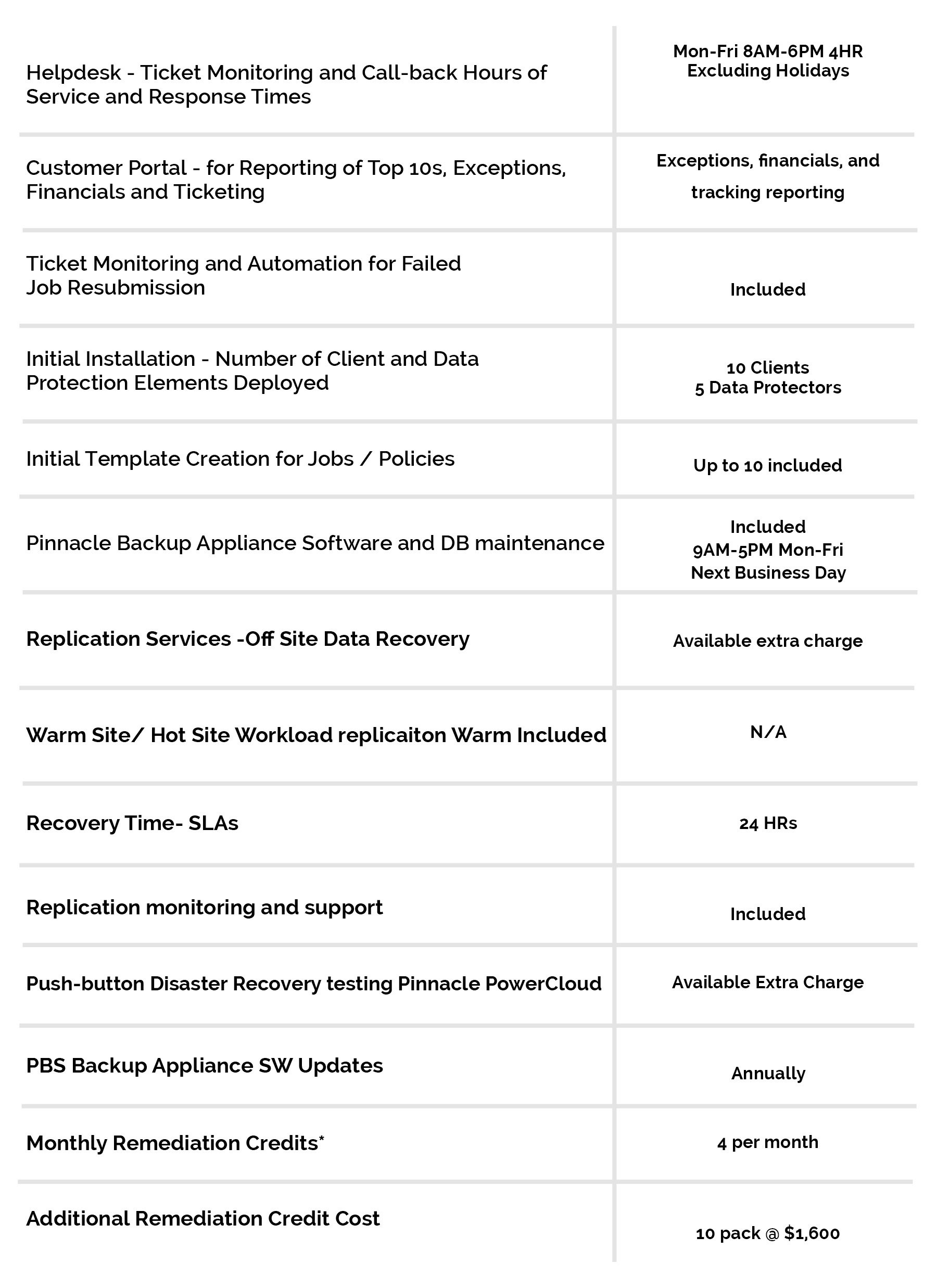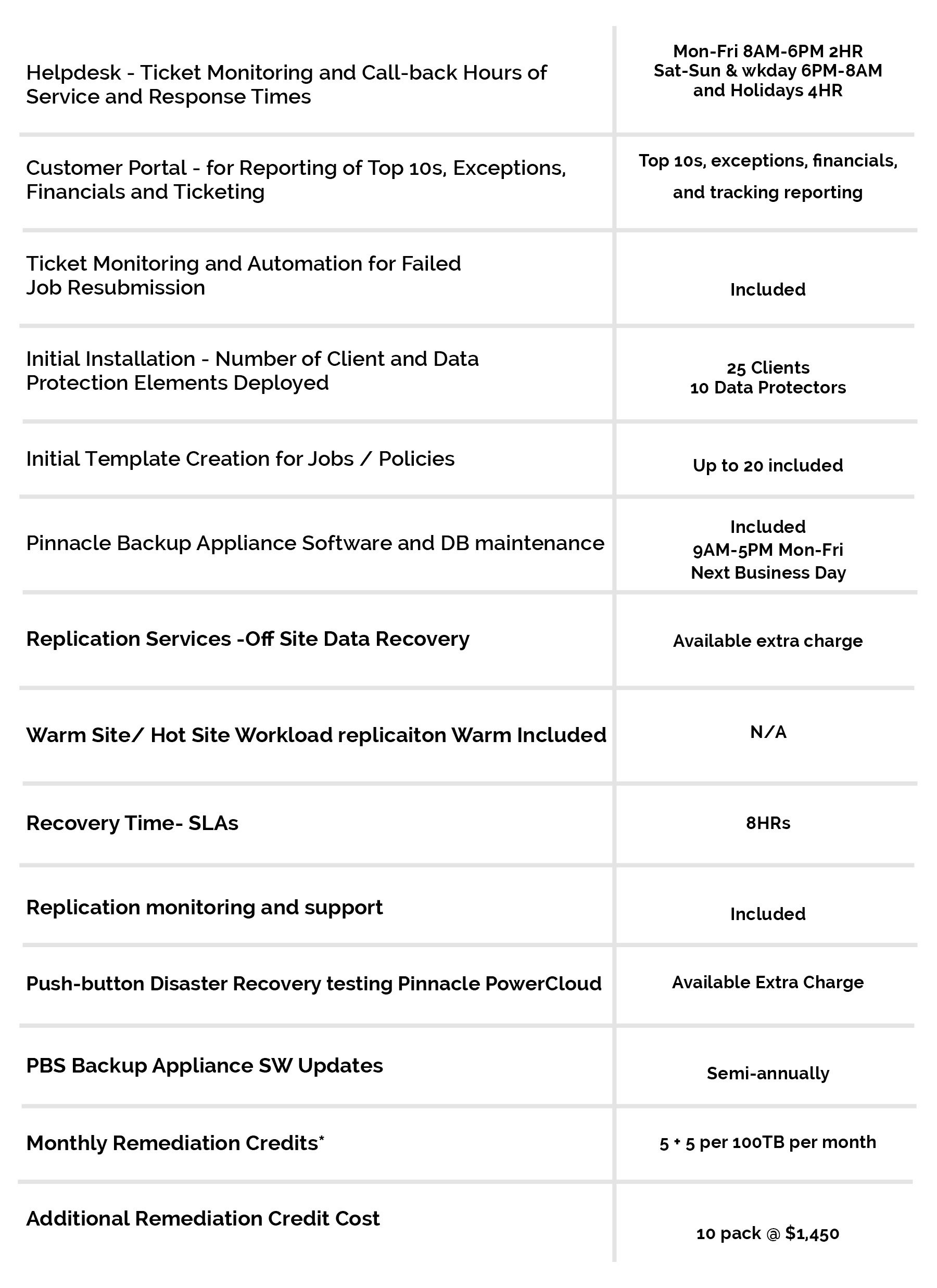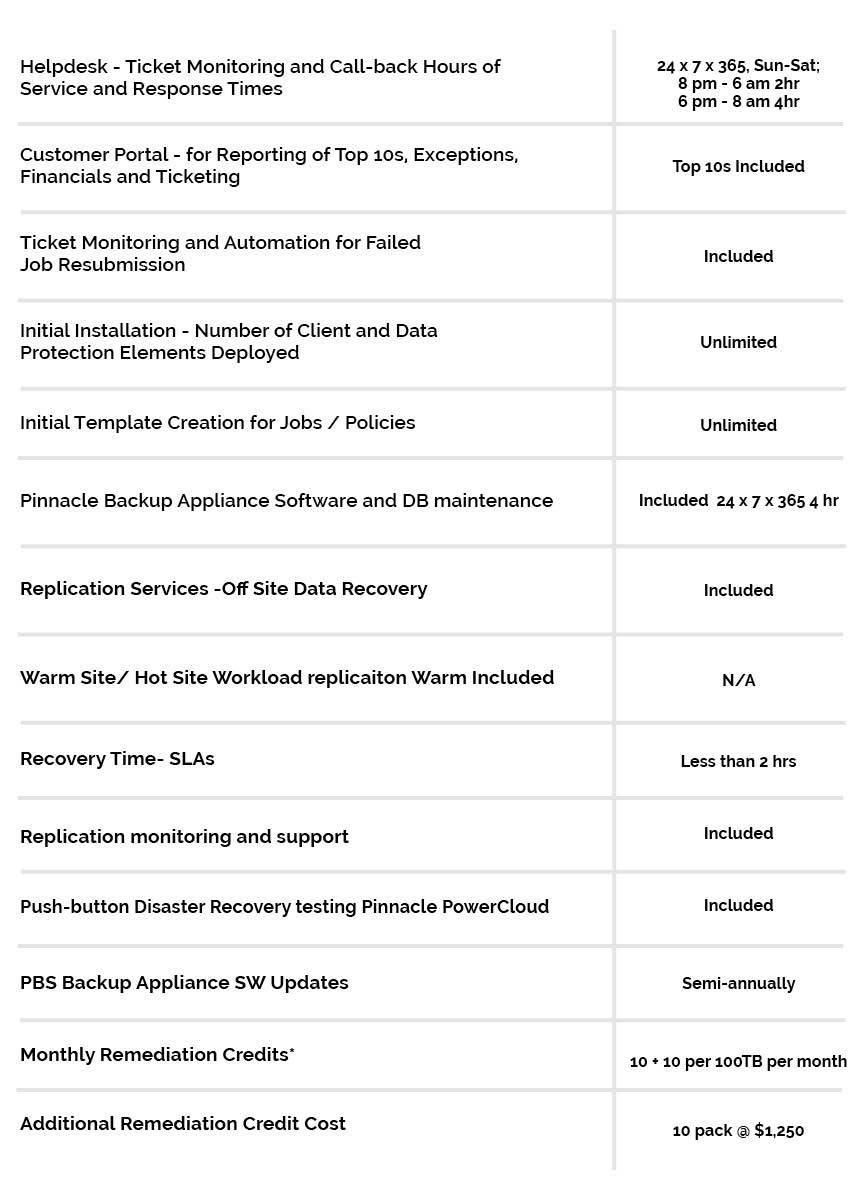12 Jun Your business is in danger without a proper disaster recovery plan
By now, the concept of disaster recovery planning is nothing new. Many organizations have some type of plan or process in place and view this as a safety net to bring out in case of a malicious attack, tech outage or another type of disaster.
However, a surprising number of businesses don’t yet have a formal, written disaster recovery plan, while others have a plan, but don’t bother to test it:
- Currently, 75% of small businesses have not established their disaster recovery plan, according to PhoenixNAP.
- Twenty-three percent of companies that do have a disaster recovery plan do not test it, and put themselves at risk of being unprepared to make a full recovery when needed, Facility Executive reported.
- The vast majority of enterprises that don’t have a disaster recovery plan – 93 % – must close the business within a year of experiencing a disaster that they’re unable to recover from.
In this environment, there’s simply no valid reason for not having a formal, tested and true disaster recovery plan established for your business. Organizations that don’t take the time and effort to plan their potential recovery put their brand, their customers and their employees at considerable risk. Here are just a few of the things that can happen to a company that’s unprepared:
Downtime and data loss events
This is one of the first consequences that many IT admins and business leaders envision when the topic of disaster recovery comes up. If the business doesn’t have a detailed plan that identifies internal recovery stakeholders and their responsibilities, the chances of extended downtime and data compromise increase substantially.
In fact, a study from Dynamic Technologies found that all different types of disasters can result in unplanned downtime and loss of critical enterprise data, including events like:
- Hardware failures (which cause 45% of all unplanned downtime instances).
- Loss of power, or utility outage (35%).
- Software failure or functionality issues (34%).
- Data corruption (24%).
- External security breaches or other unauthorized access (23%).
- Accidental user error (20%).
Even a simple mistake on the part of an employee can create the need for a data loss recovery. It’s better to be prepared ahead of time for these types of issues so internal staff can work quickly and get the organization back on its feet.
Loss of reputation and revenue
Unfortunately, the type of downtime-causing issues like those touched on above are taking place more often than before. Facility Executive reported that 77% of companies had experienced some type of IT-related outage over the last year. When these problems creep up, companies must be able to make a quick recovery or risk the loyalty of their customers and their brand reputation.
Overall, when a disaster takes place, it’s all in the way a company responds. Quick action and notification to consumers that the business is taking the issues seriously (as in the case of a data breach) can help quell any client frustration and prevent damage to the company’s reputation. An unprepared company, on the other hand, will likely have to deal with a longer downtime event that could lead to the business’s closure in the long run.
It’s best for today’s organizations to be fully prepared – 96% of companies with a detailed disaster recovery solution are able to make a fast and full recovery when necessary. To find out more about supporting your disaster recovery planning, connect with the experts at Pinnacle today.





